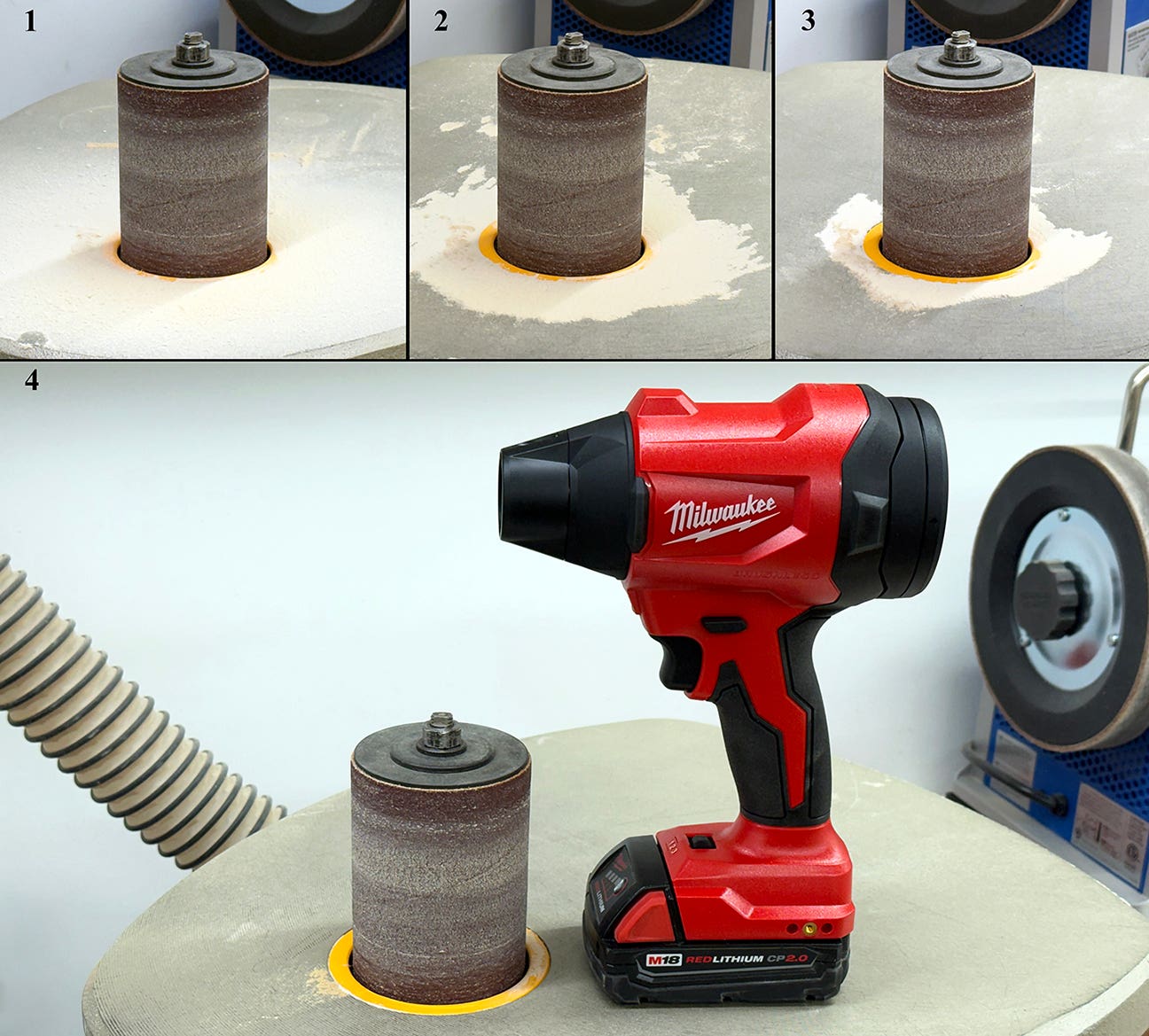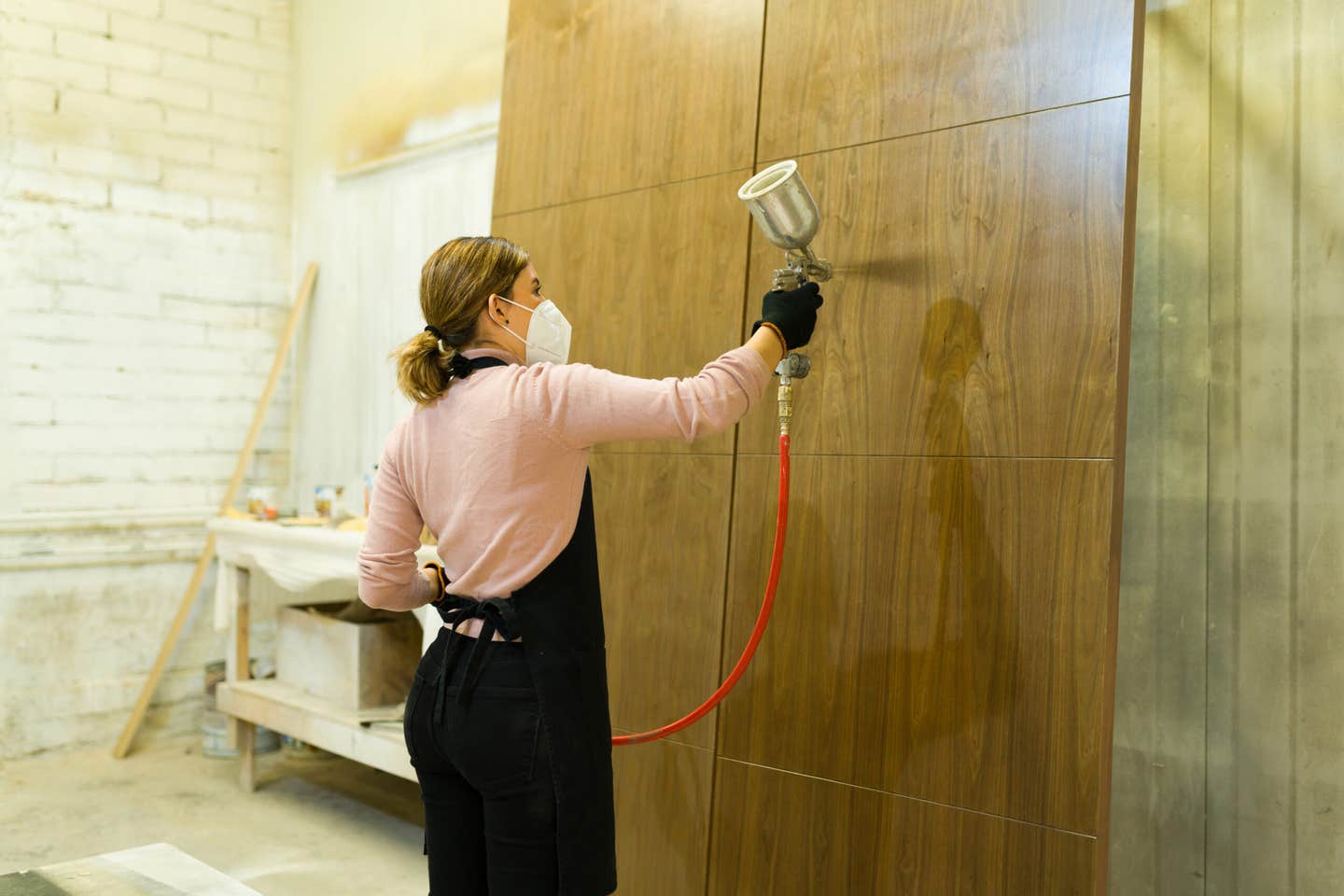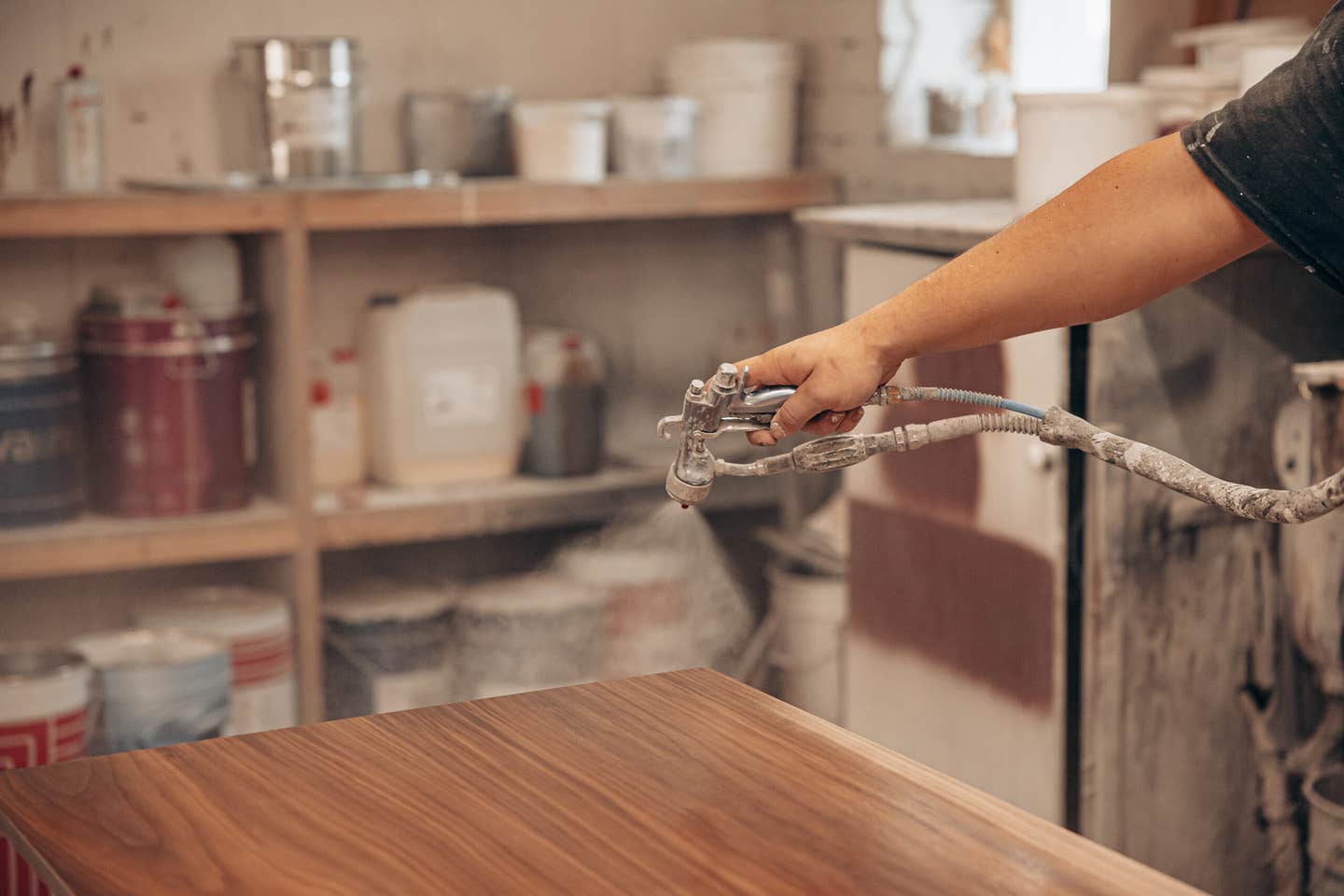New, but not improved
When a manufacturer changes a product under the guise of making it “new and improved,” they’re really making changes just to make changes, hoping you’ll think it’s better when it’s…
When a manufacturer changes a product under the guise of making it “new and improved,” they’re really making changes just to make changes, hoping you’ll think it’s better when it’s not.
Two giants in the computer industry just rolled out major upgrades to products. Apple has come out with IOS 7, the new operating system for millions of iPhones and iPads. Touted as new and improved, it’s not only terrible but bug-riddled. (Apple had to release two updates to fix it in the first few days of release.) The appearance, despite Apple describing it as “beautiful,” is anything but. It’s harder to use, drains your battery more quickly, takes away functionality that was straightforward and replaced it with multiple steps that you could once do with a single step, and just willy-nilly moved familiar buttons around. And did I mention it’s full of bugs? Take a screen capture on your iPad to save whatever you’re viewing, and instead of snapping a picture, it turns the iPad off. Beautiful, indeed.
Meanwhile, the folks at Yahoo have just released their new and improved Yahoo Mail. Like Apple, they’ve made it look different, moved buttons you’ve intuitively been hitting for years into unfamiliar spots, and made several common features much harder to use. And, like Apple, their new and improved offering is loaded with bugs. Longtime users of both products are justifiably outraged.
I’m all in favor of changing a product to improve it and make it better, but I can’t stand it when the changes are shoved down my throat to make me think a product is fresh and new. Fortunately, most woodworking manufacturers get this. Sure, they’ll sometimes use new colors or minor design aspects that have nothing to do with functionality, and it’s no secret that they change materials used to make the tools to save money. However, when they do they don’t jump up and down screaming about how these minor tweaks are industry game-changers. On the other hand, woodworking manufacturers really have made some true improvements. Adding riving knives to table saws is a perfect example, as are larger “stop” buttons, increased cutting capacities, functionality like arbor locks and adjustable presets, realistic dust-control, and, of course, anything that increases the safety of the machine.
I’m not a Luddite: If the change is a real improvement, by all means make it the standard and I’ll be first in line to get it. But if all you’re going to do is make pointless changes because you think I’m stupid enough to be fooled that it’s now “improved,” please don’t bother.
A.J.
A.J. Hamler is the former editor of Woodshop News and Woodcraft Magazine. He's currently a freelance woodworking writer/editor, which is another way of stating self-employed. When he's not writing or in the shop, he enjoys science fiction, gourmet cooking and Civil War reenacting, but not at the same time.







